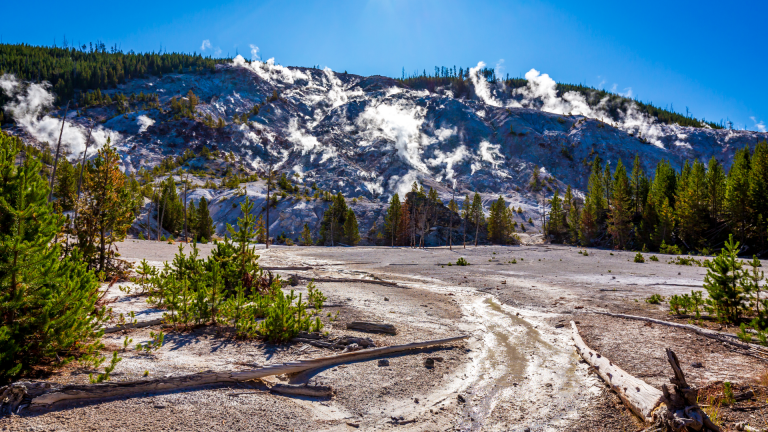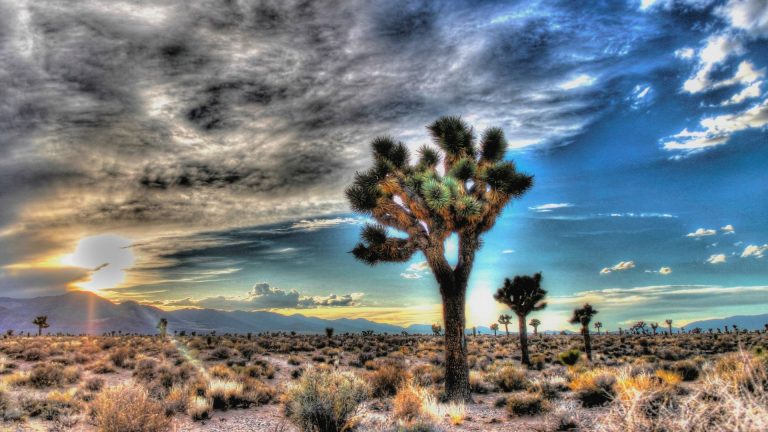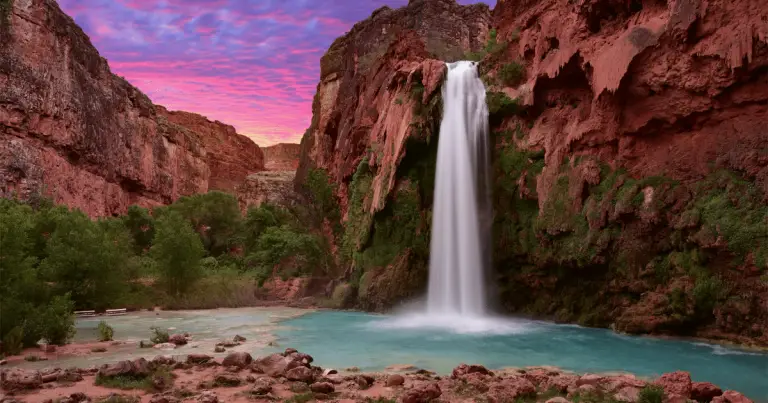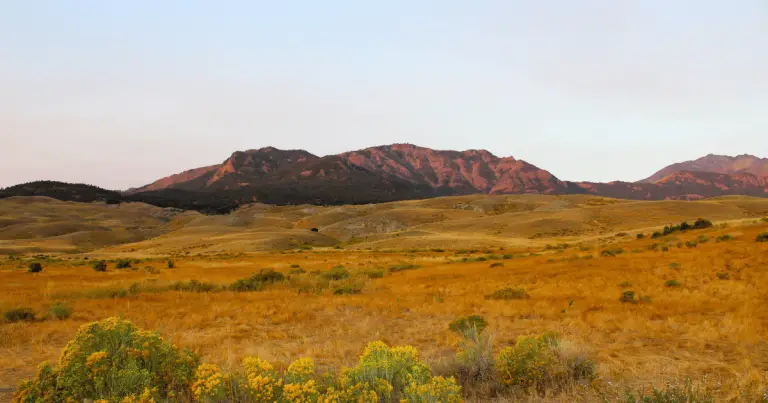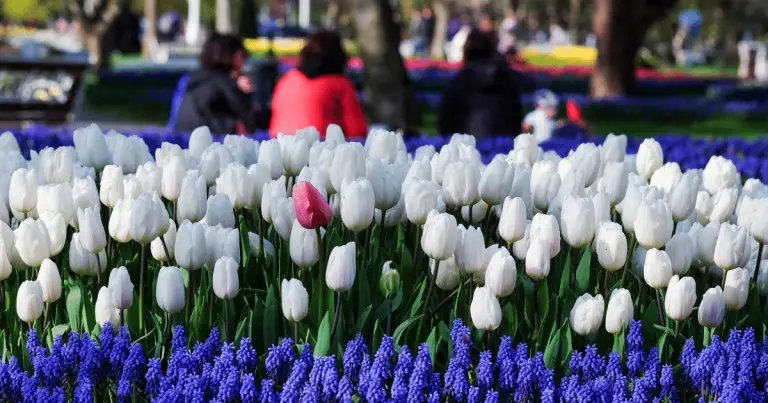Your Ultimate Guide to Yellowstone Weather Per Month
Embarking on an adventure to Yellowstone National Park? As you prepare to explore the natural beauty and captivating landscapes of Yellowstone National Park, understanding the fluctuations in Yellowstone weather per month is vital.

Each month presents its unique panorama as the weather molds the park’s scenery, wildlife activity, and overall experience. Feel the chill of Yellowstone weather in March, where winter’s grip is still firm, and snow-dusted landscapes paint a pristine picture. Then, experience the gentle transition in the weather in Yellowstone in September, where autumn begins to color the forests, and the wildlife is abundant. Finally, brace yourself for the crisp and often snowy Yellowstone weather in November, offering a quieter, more serene experience.
Why Understanding Yellowstone Weather per Month Truly Matters
It’s not an overstatement to say that weather plays a pivotal role in crafting your Yellowstone adventure. Understanding the monthly weather patterns in Yellowstone is more than just packing the right clothes, it’s about becoming attuned to nature’s rhythm in this magnificent national park. The weather dictates not only the accessibility of certain areas within the park but also the behavior of its diverse wildlife. Consequently, having insights into Yellowstone weather per month can turn a good trip into an unforgettable experience. Take a look.
- Maximize Wildlife Viewing: Different wildlife species are active and visible in different weather conditions. Understanding the weather patterns can increase your chances of spotting specific animals.
- Safety Precautions: Severe weather conditions like snowstorms, heavy rainfall, or high temperatures can pose safety risks. Being aware of these can help you take appropriate safety measures.
- Optimal Photography: The changing weather conditions can greatly influence the park’s aesthetics, impacting your photography outcomes.
- Appropriate Packing: Knowing the weather can help you pack the right clothing and gear according to the expected conditions.
- Enjoy Outdoor Activities: Certain activities like hiking, camping, or boating are better enjoyed under specific weather conditions.
- Avoid Crowds: Peak tourist seasons in Yellowstone often correspond to certain months with favorable weather. If you prefer solitude, you can plan your visit during off-peak months.
- Better Accommodation Choices: Understanding the weather patterns helps you make informed decisions about where and when to book your accommodations.
- Road Accessibility: Some roads in Yellowstone are seasonal and close during certain weather conditions. Knowing the weather can help you plan your route.
- Experience Seasonal Changes: Each month presents a unique landscape view in Yellowstone, from lush green summers to snowy winters.
- Optimal Health: Certain weather conditions can impact health, especially for those with respiratory conditions or allergies. Advanced knowledge of weather conditions helps in managing these health concerns.
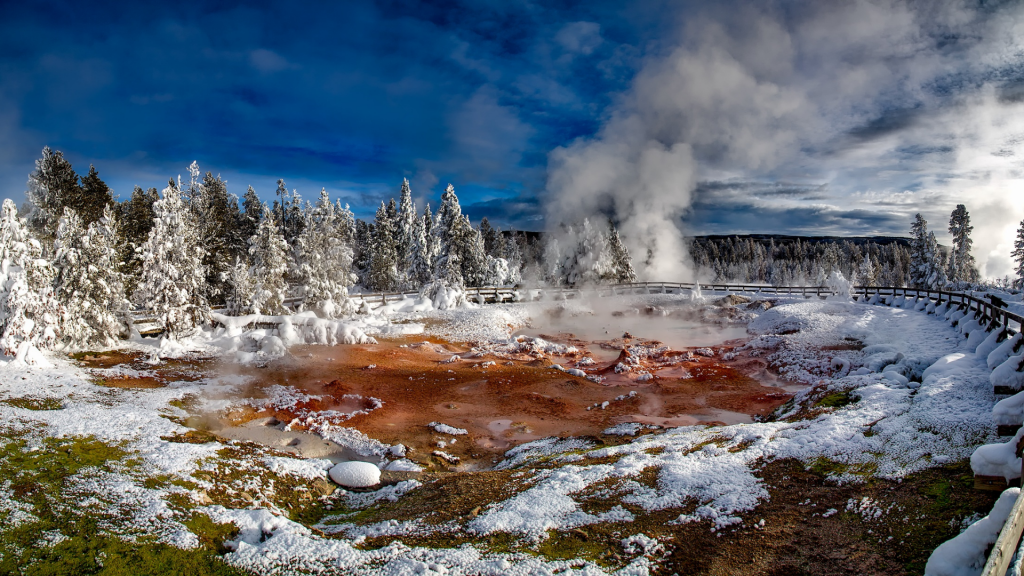
Navigating the Seasons of Yellowstone Month per Month – A Temperature Guide with Exciting Activities
Yellowstone National Park is a year-round marvel, with its seasons painting the landscape with their unique brush strokes. From snow-laden vistas in winter to vibrant wildflower carpets in spring, fiery foliage in autumn to sun-kissed meadows in summer, each month at Yellowstone has its own charm.
- January (Average High: 28°F, Average Low: 9°F): Enjoy cross-country skiing, snowmobiling, and winter wildlife viewing.
- February (Average High: 34°F, Average Low: 12°F): Delight in snowshoeing, winter photography, and visiting the Mammoth Hot Springs.
- March (Average High: 41°F, Average Low: 17°F): Embrace late winter hikes, wildlife watching, and capturing the winter-to-spring transition.
- April (Average High: 49°F, Average Low: 25°F): Engage in early spring hiking, bird watching, and photography.
- May (Average High: 60°F, Average Low: 34°F): Experience spring hiking, wildlife watching, and fishing in Yellowstone Lake.
- June (Average High: 70°F, Average Low: 41°F): Enjoy summer hiking, rafting, and wildlife photography.
- July (Average High: 79°F, Average Low: 47°F): Dive into lake swimming, trail exploring, and attending ranger-led programs.
- August (Average High: 78°F, Average Low: 46°F): Relish fishing, boating, and attending summer campfire programs.
- September (Average High: 69°F, Average Low: 37°F): Delight in fall hiking, wildlife viewing, and stargazing.
- October (Average High: 57°F, Average Low: 28°F): Experience autumn photography, wildlife watching, and fall fishing.
- November (Average High: 41°F, Average Low: 16°F): Embrace early winter hiking, wildlife viewing, and visiting the geothermal areas.
- December (Average High: 31°F, Average Low: 10°F): Enjoy winter activities like snowshoeing, cross-country skiing, and winter wildlife viewing.
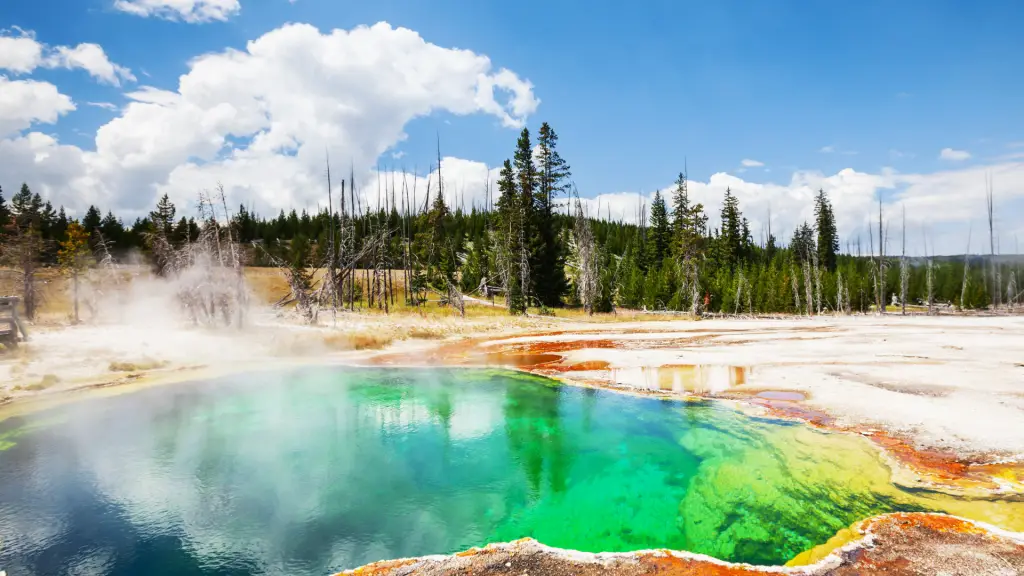
Final Thoughts
Yellowstone National Park offers an enchanting encounter with nature that varies with each passing month. It’s a vibrant tableau where each season paints a unique picture, each with its own hues and moods. From the snow-kissed tranquility of winter to the lush vitality of spring, the balmy serenity of summer and the fiery palette of autumn, Yellowstone remains a year-round paradise for adventurers, wildlife enthusiasts, and nature lovers alike. Understanding the Yellowstone weather per month is key to unlocking the park’s full potential, helping you tailor an experience that is not only enjoyable but also safe and memorable. So, pack your bags with the right gear, and embark on a journey that aligns with nature’s rhythm in the heart of Yellowstone. After all, every month in Yellowstone brings a new story, and it’s waiting for you to be a part of it.

